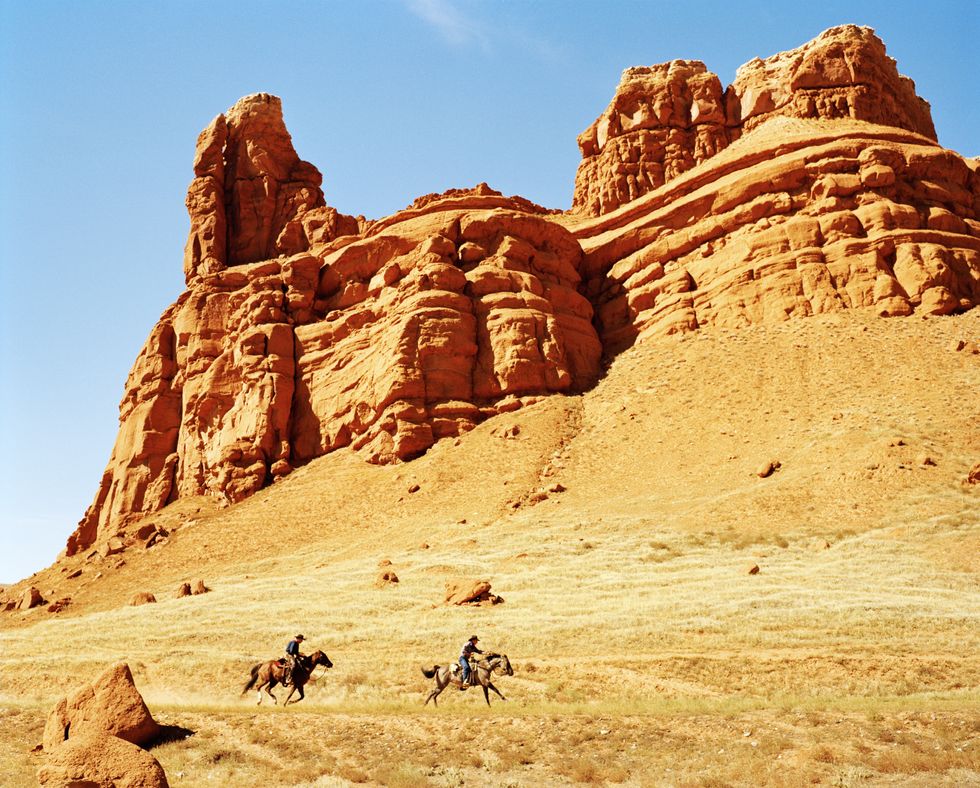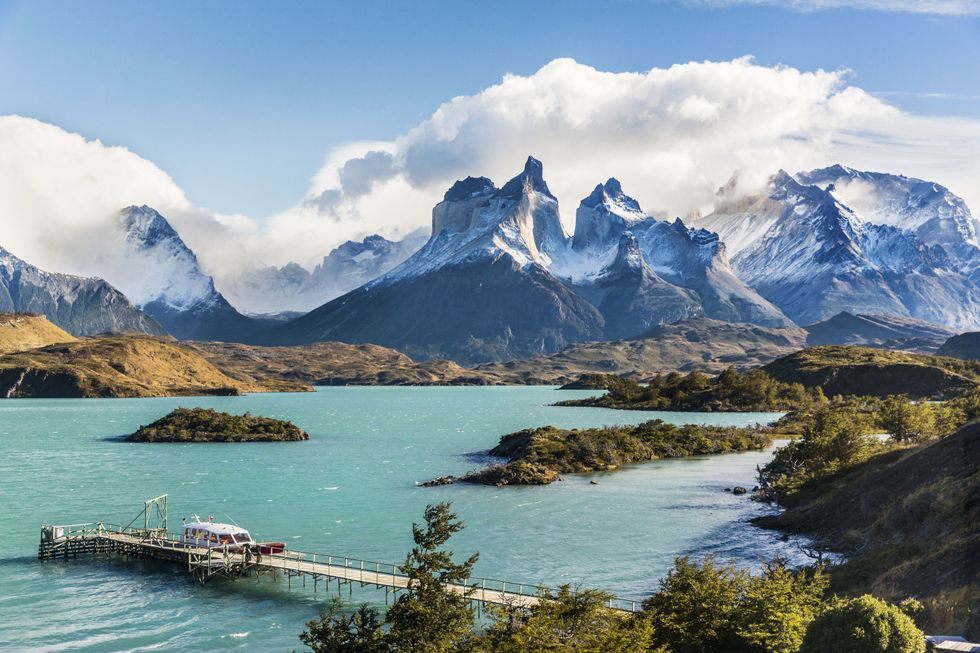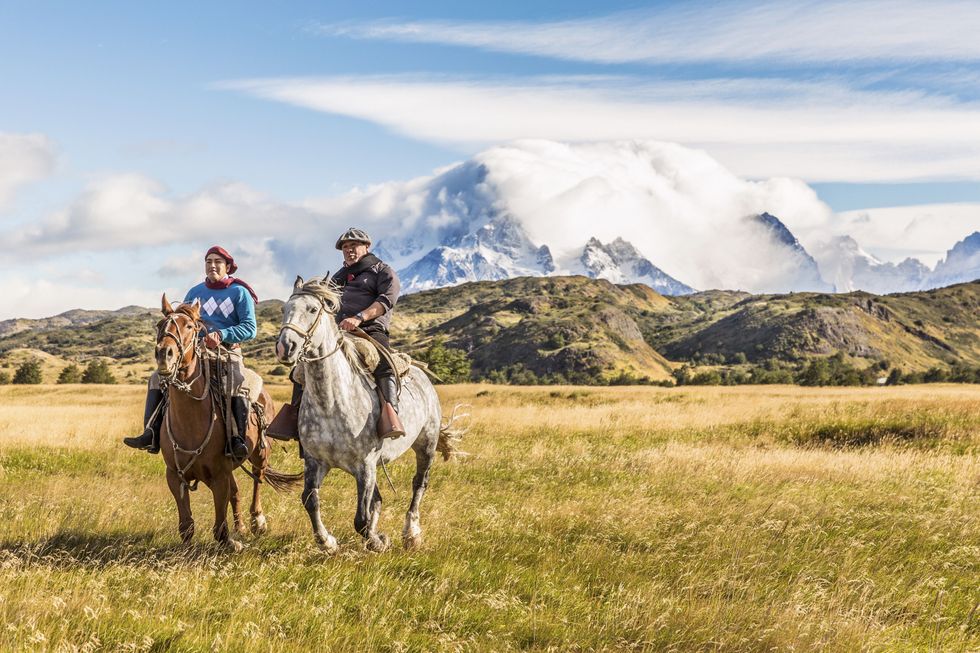Let Travel Photographer Julien Capmeil Inspire Your Sense of Escapism
As an established travel photographer with thrilling anecdotes from his adventures, we discuss his art practice, advice for aspiring photographers, and how he maintains a sense of playfulness in his work.

When travel photography is successful, it should feel like an invitation—to a place, an adventure, a fantasy—a preview of a memory you want to capture for yourself. It toes a delicate line between intimacy and escapism, something otherworldly yet attainable. As a photographer for Condé Nast Traveller, in addition to several other publications, New York-based photographer Julien Capmeil has honed this artful balance over his decades-long career.
Having grown up with a penchant for nature photography inspired by his “mad professor-type” father’s underwater photos of the Barrier Reef, Capmeil pursued his passion in a series of apprenticeships in Sydney, Paris, and New York. Inspired by greats such as Herb Ritts and Irving Penn, he developed a deft sense of composition and storytelling within his body of work. Now, as an established travel photographer with thrilling anecdotes of his adventures, Capmeil discusses his art practice, advice for aspiring photographers, and how he maintains a sense of playfulness in his work.
Do you remember the first photo you took that felt like art?
I think it was a photo of a little puppy that I had. I made a setup with a little backdrop and everything. It wasn’t particularly creative; there were kids in school who were definitely doing more creative things, but I couldn’t draw, which made me so frustrated. That was probably part of the reason I was lured by photography.
Do you remember the name of the puppy?
Yes, his name was Tex.
I read that you were inspired by your father’s underwater photos from the seventies. Do you remember what drew you to those photos?
My father was French, and when he came to Australia, he got into scuba diving, all before PADI (Professional Association of Diving Instructors) existed. My dad was a bit of a mad-professor type. He’d made a kind of submarine without a cover that two people could sit in with scuba gear and then dive underwater. He would go out to the Barrier Reef back when it was pristine and dive in the Sydney Harbour. He built a case for his camera out of plexiglass so he was able to take close-up photos of underwater creatures like moray eels. From a young age, I had a real love for the ocean, so we’d go looking for sea anemones and explore the shoreline.

Anguilla
Photo: Julien Capmeil
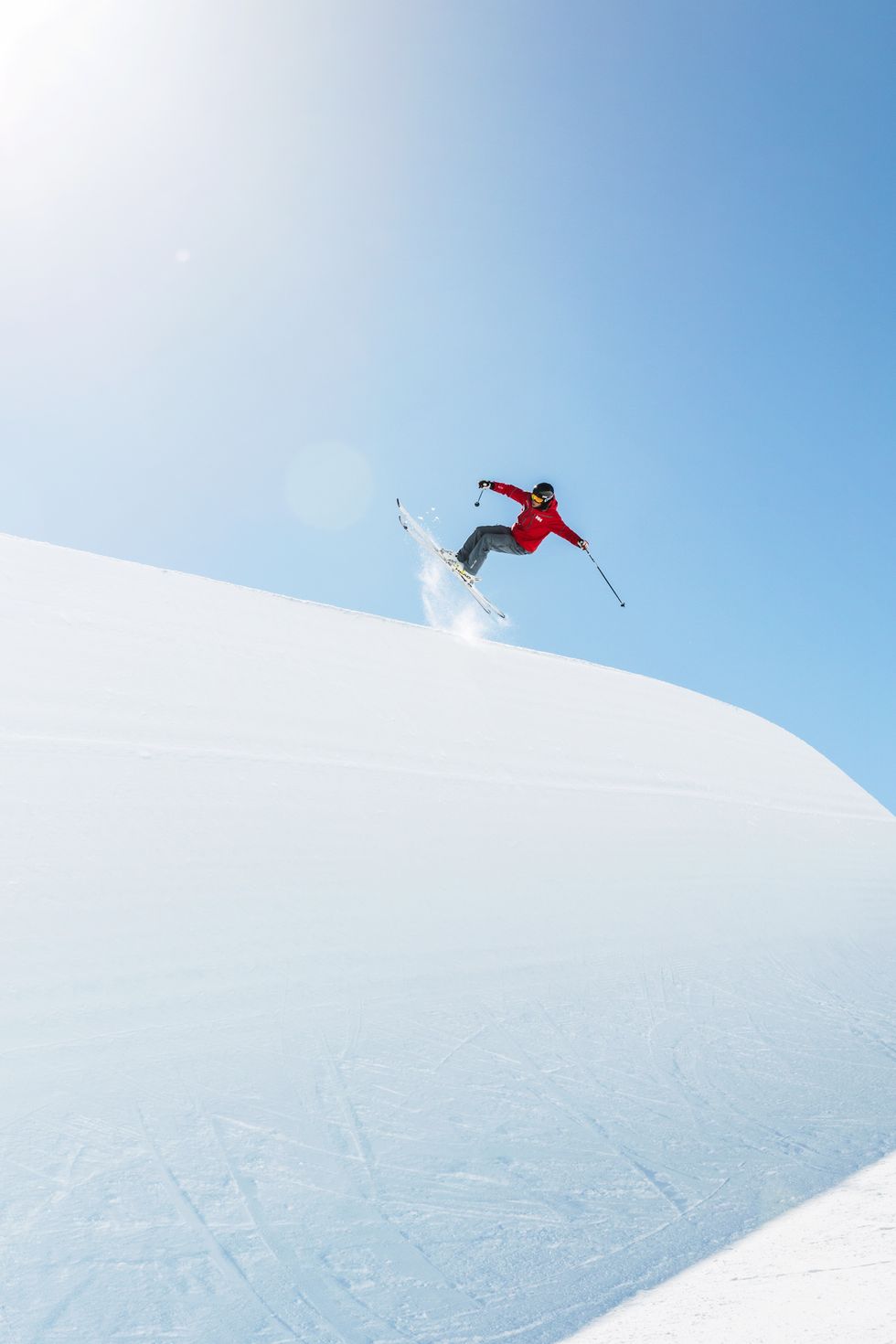
Aspen
Photo: Julien Capmeil
You took up photography more seriously after college, do you remember what made you feel like it could be a career instead of a hobby?
I just remember seeing old Armani catalogs from that period—there were these big splashy images on beautiful paper. I was immediately drawn to that form of expression. What I saw in fashion magazines had this kind of European allure to it, and I had a moment of thinking, “I would like to do this.”
As a student of fine arts, my field of study wasn’t captivating me in terms of a career. In Sydney, I decided to work six months for free in a photographic studio for a fashion photographer. It was hard work, but it was invigorating and collaborative. I learned the key elements of still life, fashion photography, and other techniques of professional photography.
Eventually, Sydney started to feel a little too limited in terms of what I could achieve on my own. It felt like a dead end in an oversaturated market. That’s when I decided to move to France and do the same thing there—working for free for six months. In Europe, the opportunities were far more expansive, and I got an insight into all these different markets.
When you started out, who were your biggest influences? Who are you looking to now?
I just love the clean aesthetic of Herb Ritts; the simplicity is incredibly evocative. I was drawn to Ritts as much as I was to Irving Penn in terms of composition and a certain pursuit of perfection. Looking back to the 1800s, I am a big fan of Nadar—back then, he was restricted by the technology of photography, but the imperfect lenses and long exposures lent themselves to these beautiful ephemeral images even though his subject matter was mostly artists and other personalities in Paris. Interestingly enough, Paolo Roversi, an Italian fashion photographer I love, has also adopted a similar kind of methodology. He often shoots with medium- and large-format cameras with old lenses that create these imperfections in a beautiful way.
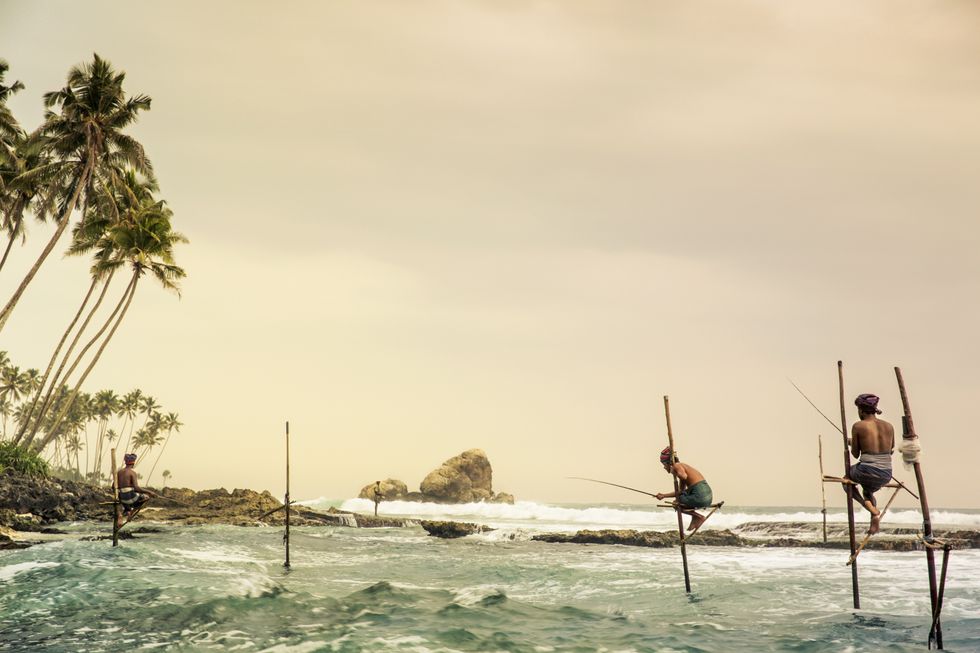
Weligama
Photo: Julien Capmeil
What techniques do you employ to tell a story in your photos?
Over time, I've developed many subtle techniques to create a feeling or mood in an image–either a sense of contrast or focus in the frame–whatever helps create more dynamic imagery.
Before each job, I create a detailed shot list of ideas and setups and then just free myself up to the subject or situation when it's time to shoot. I try to meld my vision with the reality of the circumstances by trusting the process and letting the images unfold.
I definitely try to extract the most out of every situation, using different techniques or angles while staying attuned to the present—whether I’m shooting a person, a still life, or a landscape—I want to stay open to all possibilities and retain a certain playfulness.
What ingredients make up good travel photography? What separates the amateurs from the professionals?
Patience is paramount in differentiating photographers. As opposed to just hastily grabbing something, you need to be patient; wait for the light or for someone to actually walk into a frame. If my photo needs a human element, I will wait endlessly for someone to come into the frame.
It’s also important to create scale to pull a reader into an image. You can achieve this by changing your proximity to your subjects, playing with shadows, and adjusting from micro to macro to allow your viewer to understand your scale through contrast and balance.
Post-production is another area where you can create an atmosphere for your viewers. Are they bright and airy or more moody? What effect does this have on a reader? Does this complement the subject you are shooting? Does the photo need brightness and air to breathe a little easier? Does it need more warmth?

Sri Lanka
Photo: Julien Capmeil
That’s great advice. On that subject, what is the best advice you’ve gotten in this field? What advice do you wish you had when you started?
The best advice I got was to actually produce work. It’s the best way to stay consistent, evolve your style, and always make sure to show your work. Regardless of where you’re starting, practice makes progress—that’s what I like to tell beginners.
Always try new things. If you see someone’s photo that you like, try to emulate it, create that light, and see if that’s a style you enjoy. That’s especially possible now with all the apps, outlets, and videos we have on hand.
When I started off, it was so expensive to buy film, process, and produce prints. I would actually go to a lab and stay all day and into the night. Now, you can just sit at your desk and produce really beautiful photos with the same impact as professional photographers. The technology is there, you just need the follow-through.
How does your personal style manifest in your work?
My style is quite light, bright, airy, and summery. It’s not especially dark and moody. I’m trying to convey a sense of allure to take you out of a moment and transport you where you want to be. It’s a little bit of escapism.
The images that I shoot versus the ones I want to produce are not always the same. I long for these places that are difficult to get to, that are untouched in a way that you can feel the elements. I was commissioned to shoot an amazing walking story with the Masaii through the Loita Hills in Kenya. It was absolutely grueling but one of the most rewarding experiences I’ve ever had. I’m just thankful that clients still recognise the importance of these kinds of journeys and continue to commission them for their readers.
I love an arduous journey, anything that involves wilderness and escape. I shot down in Chile, and the majesty of the mountains—the way they change with the light and the humidity in the clouds—was really awe-inspiring. I did a trip across the Buddha Trail through India and a bit into Nepal, but I was unfortunately confined by the itinerary. That’s the reality of the business—getting really close to a place you wanted to go and then not being able to do the trip you imagined.
What is the biggest risk you’ve taken to get a shot?
Oh my god, so many. I’m surprised I’m still alive. I’ve done such dumb shit—hanging out of cars, out of helicopters. I’m always putting myself in harm’s way. I’ve dropped a camera off an elephant in Bangalore. I’ve even slipped in a waterfall in Maui and got the camera submerged in water. Sometimes, the camera casualties are just the cost of business.
What projects are you most excited about?
I love shooting travel portraits. That’s a body of work I’m building. I like to shoot places and people that are relatively untouched, people that still have traditions that have not been tainted by modern life in a way. There’s something beautiful about capturing moments that will fade with time. There is a timelessness about those images, but it doesn’t come at the cost of feeling very contemporary. That’s what I’m interested in non-commercially, obviously.
I think oftentimes commercial artists fall into the trap of needing to commodify everything and run the risk of losing that sense of playfulness in their practice. I like to keep experimenting as a way to bring that sense of play back into the work.
It’s such a double-edged sword. People believe, “If you do something you love, you never work a day in your life,” but on the other side, it can mean, “If you turn it into work, you grow to hate the thing you once loved.
So true. It’s funny, my stepdad actually dissuaded me from getting into professional photography for precisely that reason. He said, “You’re going to grow to hate it, and you’re really passionate about it. I don’t think you should pursue this as a career.” I’m glad I didn’t listen to him, but I appreciate his perspective. It’s certainly a double-edged sword.
Want more stories like this?
From All-Nighters to Crying in the Stairwell, Here’s How One Graphic Designer Survived the Fashion Industry
This Restaurant Success Manager Spends $668 on Wellness Each Month
I’d Like to Fill My Home with the Silver Delicacies Aurelie Bidermann Designed for Christofle

